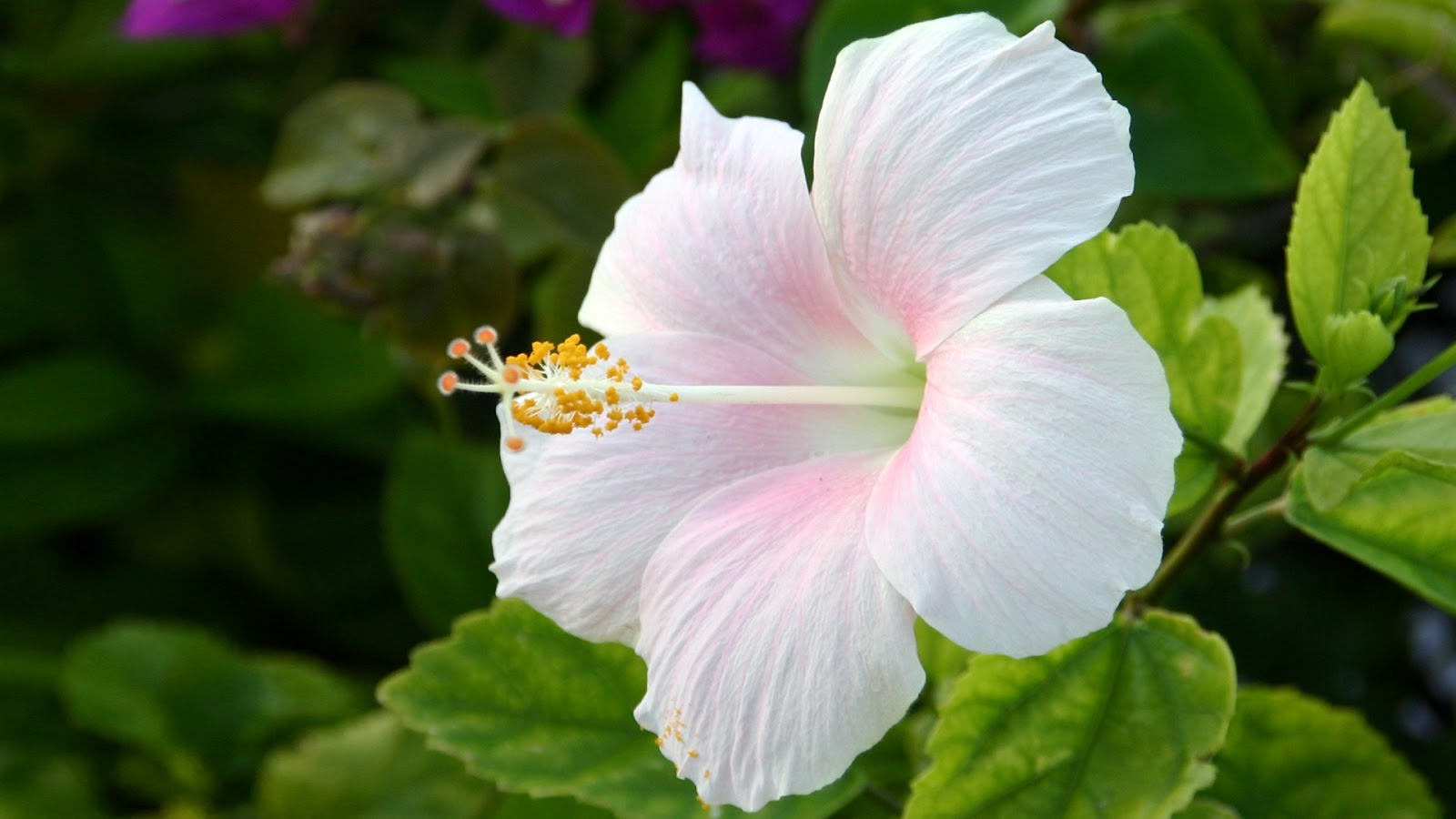Hibiscus flowers are some of the most stunning and exotic blooms you can add to your garden. With their unique trumpet shape and vibrant, tropical colors, it’s easy to see why hibiscus have become so popular amongst gardeners. But with hundreds of hibiscus varieties to choose from, it can be overwhelming to decide which ones to plant. In this article, we’ll explore the diverse world of hibiscus flowers and break down the different types so you can make the best choice for your garden.
Hibiscus belong to the mallow family and are divided into hardy and tropical varieties Hardy hibiscus are perennials that can withstand colder climates Tropical hibiscus prefer hot and humid environments but can be grown as annuals in cooler zones,
No matter the type hibiscus flowers have some common traits. They have a distinctive funnel or trumpet shape with five showy petals. The blossoms can be over 10 inches wide in some varieties! Hibiscus flowers also have prominent pistils and stamens in the center adding to their tropical flair.
While individual blooms only last a day or two, hibiscus plants continuously produce flowers throughout summer and fall. This makes them a steady source of vibrant color in the garden. Now let’s look at some of the most popular hibiscus varieties.
Hardy Hibiscus Types
Hardy hibiscus are cold-tolerant perennials that thrive as far north as zone 4. They die back in winter then re-emerge in spring. Some top hardy varieties include:
Rose Mallow (Hibiscus Moscheutos)
These huge perennials can grow 6 feet tall! Flowers are hollyhock-like and up to 10 inches wide. Popular cultivars include ‘Pink Clouds,’ ‘Midnight Marvel,’ and the deep red ‘Kopper King.’
Rose of Sharon (Hibiscus Syriacus)
An upright, multi-stemmed shrub reaching 8-12 feet tall. Large, shapely blooms in shades of white, pink, red, purple and bicolors. ‘Aphrodite’ (pink), ‘Bluebird’ (purple-blue) and ‘Sugar Tip’ (white) are examples.
Scarlet Rose Mallow (Hibiscus Coccineus)
A bushy plant with maple-shaped leaves and scarlet red or white blooms over 5 inches wide. Grows 3-6 feet tall. ‘Texas Star’ and ‘Kopper King’ are popular varieties.
Tropical Hibiscus Varieties
Tropical hibiscus thrive in hot, humid climates. They can be grown as annuals in cooler zones. Some top picks include:
Chinese Hibiscus (Hibiscus Rosa-sinensis)
This versatile shrub comes in literally hundreds of hybrids and colors. The large, showy blooms can reach 6-8 inches wide. Some varieties like ‘Brilliant’ and ‘Cherie’ can bloom year-round in ideal conditions.
Hawaiian Hibiscus (Hibiscus Arnottianus)
This tropical tree displays huge white flowers with bright red stamens. Grows up to 20 feet tall in ideal climates. A stunning specimen plant.
Hibiscus ‘Seminole Pink’
This subtropical hybrid bears flowers up to 8 inches wide in a striking deep pink color with a red eye. The glossy leaves provide the perfect backdrop.
Unique and Unusual Hibiscus Varieties
Beyond the common types, there are some unique hibiscus flowers that can really make your garden pop:
-
‘Kopper King’ – This hardy variety has blossoms that open peach then fade to pale pink with dark red centers.
-
‘Plum Crazy’ – Frilly purple double blooms on this tropical plant. A real showstopper!
-
‘Peppermint Schnapps’ – Hardy variety with loads of pink and white striped blooms.
-
‘Rainbow Rhythm’ – Tropical plant with multicolored blooms in red, yellow and peach.
-
‘Cajun Moon’ – Yellow rose mallow variety that opens creamy white then ages to yellow.
Caring for Hibiscus Flowers
All hibiscus varieties appreciate the same general care for optimal growth and flowering:
- Plant in full sun (at least 6 hours daily)
- Prefers moist, well-draining soil
- Fertilize regularly in spring and summer
- Prune in late winter/early spring to shape plant
- Provide protection from frost damage
Focus on providing ample sunlight, frequent watering, and rich soil. With the right care, your hibiscus will reward you with exotic, tropical blooms from summer into fall!
Finding the Perfect Hibiscus for Your Garden
With their dazzling diversity of colors and forms, hibiscus flowers can be the perfect plant to add striking color or a tropical flair to your garden. Just be sure to select a variety suited to your climate. Focus on hardy cultivars for northern zones and tropical types for southern gardens.
You also can’t go wrong choosing hibiscus flowers in your favorite colors. The blooms come in almost every hue from white and yellow to pink, red and purple. There are even multicolored varieties available too.
No matter which types of hibiscus you decide to grow, they will add unique beauty and vibrant color to your yard. Just be prepared for the “wow” factor when these exotic blooms start unfurling in your garden! With proper care and optimal growing conditions, hibiscus will continue flowering summer after summer, creating a tropical paradise right in your own backyard.
AMAZING Varieties of Hibiscus – My Collection/hibiscus flower/desi hibiscus varieties
FAQ
How many types of hibiscus are there?
How do I know what kind of hibiscus I have?
Is there a difference between a hibiscus tree and a hibiscus bush?
What is the most beautiful hibiscus flower?
- The Ultimate Guide to Growing Strawberries in Raised Beds - August 8, 2025
- No-Dig Garden Beds: The Easiest Way to Grow a Beautiful Garden - August 6, 2025
- How to Protect and Preserve Wood for Raised Garden Beds - August 6, 2025

